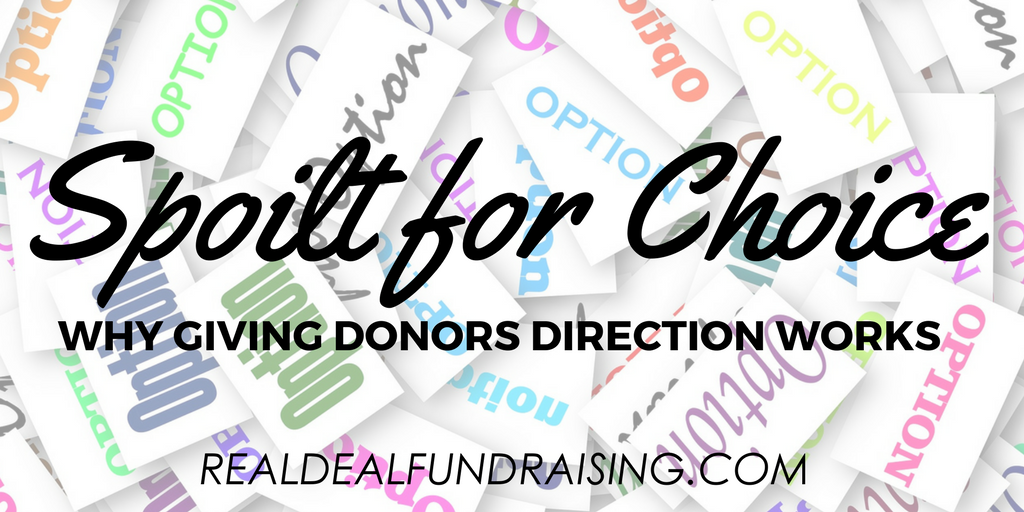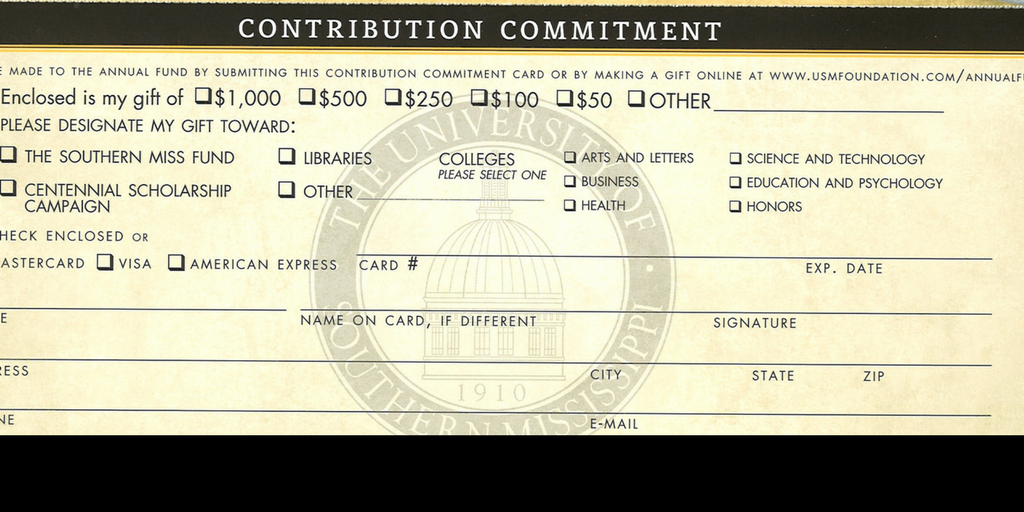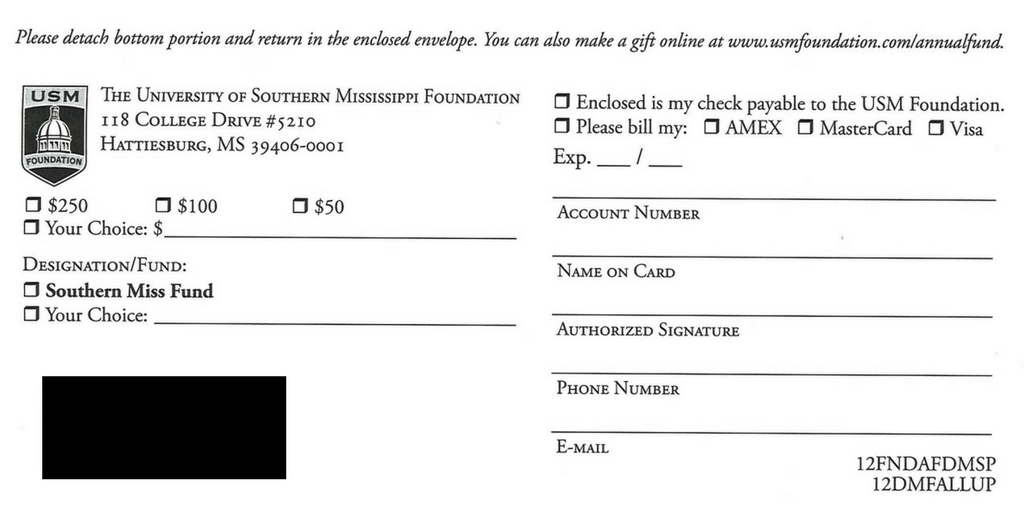|
We like choices, right? At any given coffee shop, you get to be king (or queen) of the world for a moment as you decide whether you want coffee or tea, what size, what type of roast, caffeinated or decaf, and more. Malcolm Gladwell in his TED talk on “Choice, Happiness, and Spaghetti Sauce” confirms the link between customization and happiness. We are happier when the market provides us with “horizontally segmented” choices: like dozens of varieties of spaghetti sauce: spicy, chunky, thin, with cheese, etc. Clearly, we should be providing the same buffet of options for our donors, right? Long drop down lists of designations on our website? Eight different ask amounts on our direct mail reply cards? Won’t this make our donors happy? I would argue that it will not make them happy. And on top of that it will hurt results for our mission. Here’s the difference between endless varieties of spaghetti sauce and giving: The donor sees you and your fundraising materials as ambassadors to the mission of the organization. Donors are looking to staff to inform them of the needs of the institution and its priorities. If you provide so many choices (in both ask amount options and designations) the message the donor receives (consciously or not) is that it does not matter how much I give or what I give to, therefore it does not matter THAT I give at all. Having umpteen varieties of spaghetti sauce does not communicate a subtext that spaghetti sauce is unimportant. But, by giving an overabundance of options to donors, we unfortunately communicate that our missions are not important. Let me restate this to make it clear: If you present a range of ask amounts options that too wide and varied, the donor will feel no urgency to act because he or she has no guidance as to how much the organization needs at this time. If you present a list of designations that is too long, it communicates that the organization does not have a clear set of priorities. Furthermore, if you do not do the legwork to write a customized letter with a targeted appeal for one designation with tailored ask amounts, the donor learns that you do not KNOW them and therefore you don’t value their contributions. If you’ll take any amount for any fund, why bother giving any amount for any of your funds. Here’s an example of the reply cards sent out the year before I arrived at one of the previous institutions I worked for: Too many choices of ask amounts. Also, the choices were static not variable text ask levels (meaning all the donors got the same list of choices). The $1,000 starting ask was just high enough to scare away modest donors and low enough to insult those with high capacity. This mailing should have been a breakout success since it was a centennial mailer. As it was, the results were less than lackluster. Also, all of those designation choices make it seem like the college didn’t care where you gave just that you gave something. This is true for many colleges and universities who are focused on improving alumni participation rates. (For the record, there is nothing wrong with this as a pitch. The problem is most organizations operate on that assumption without informing donors that what you need is participation. Be clear.) However, if what you want is to guide the donor to increase their commitment to the institution, a broad swath of designations won’t work. They want to know that you know their priorities and the priorities of the institution. Match those with a clear case for giving and they will send in checks. See, if you really listen to Gladwell's TED Talk, you would see that Howard Moskowitz (the guy who "discovered" horizontal segmentation and thereby is responsible for dozens of varieties of spaghetti sauce) didn't exactly advocate for countless choices. (In other writings, Gladwell discusses analysis paralysis, a condition where too many choices makes deciding impossible.) Moskowitz saw in his research that people's preferences "clustered" around 3-4 varieties of spaghetti sauce. There is a happy medium between no choice and too many choices. It's Goldilocks. Not too many choices, not too few. I call this the principle of limited choices. Knowing this, here’s how I modified the reply cards during my first year at this institution. Don’t you feel calmer looking at this card? As a donor, you still have choice available but you understand clearly the hierarchy of the university’s priorities and a sense of the level of gifts that the institution wants to receive.
Behind the scenes in the production of these letters, there is a segmentation strategy at work which customizes the letter content and ask amounts to the donor, but what the donor feels is clarity. Upon implementing this more streamlined system, the average gift given through direct mail went from $118 to $149 and the response rates increased from 0.36% to 0.85%. (This was a large state school with lots of non-donors.) The mailings garnered over $41,000 more than the centennial mailer sent the previous year. The principle of limited choices, combined with smart segmentation is powerful stuff. Confused donors don’t write checks. Give them a well-constructed ask and a little direction and you’ll do much better. Don’t spoil your donors for choice. How many ask amounts do you offer in your solicitations? How many designations do you promote as choices? Comments and questions are, as always, welcomed and encouraged! Cheers, Jessica Cloud PS - If you liked this post, you might also like these:
PPS - If you found this article helpful, please comment and let me know. Also subscribe to Real Deal Fundraising so you don't miss a post! You'll get my guide to Call Center Games for Free! Comments are closed.
|
Jessica Cloud, CFREI've been called the Tasmanian Devil of fundraising and I'm here to talk shop with you. Archives
June 2024
Categories
All
|





 RSS Feed
RSS Feed
